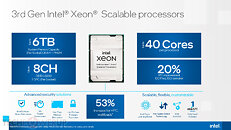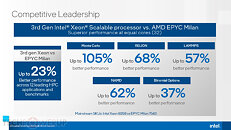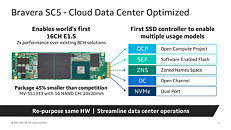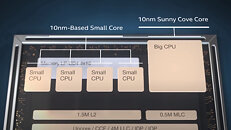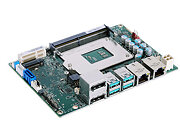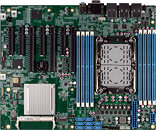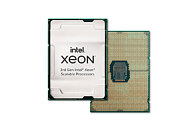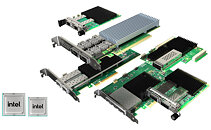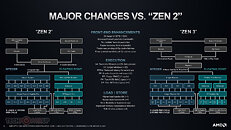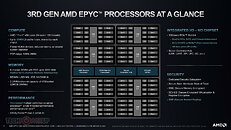
Intel Xeon "Sapphire Rapids" Processor With 20 Cores Tested
Intel is slowly preparing to launch its 4th generation of Xeon Scalable processors, with it being the first arrival of the 10 nm designs to the server market. Codenamed Sapphire Rapids, these processors are expected to bring much-needed IPC and platform improvements so Intel can keep up with AMD's EPYC processors. Today, we are getting some first performance results as well as some information about a specific 20 core, 40 threaded Intel Xeon Sapphire Rapids SKU. In a leaked Geekbench 4 submission, the latest Xeon processor was tested and we get to see even more details about the processor.
Featuring 20 cores and 40 threads, the CPU has a base clock speed of 1.5 GHz. It features as much as 40 MB of L2 cache and 75 MB of L3 cache spread across the die. The system was tested on an Intel reference platform called VulcanCity, with this configuration carrying 32 GB of DDR5 memory. The reported results of the benchmarks that this processor went through are not very impressive. These numbers are easily beaten by AMD Ryzen 9 5950X, however, this is only an engineering sample with low clock speed and it could be possible that Geekbench is not optimized to run on this processor. You can check out some of the performance numbers below, and see the submitted results here.
Featuring 20 cores and 40 threads, the CPU has a base clock speed of 1.5 GHz. It features as much as 40 MB of L2 cache and 75 MB of L3 cache spread across the die. The system was tested on an Intel reference platform called VulcanCity, with this configuration carrying 32 GB of DDR5 memory. The reported results of the benchmarks that this processor went through are not very impressive. These numbers are easily beaten by AMD Ryzen 9 5950X, however, this is only an engineering sample with low clock speed and it could be possible that Geekbench is not optimized to run on this processor. You can check out some of the performance numbers below, and see the submitted results here.






